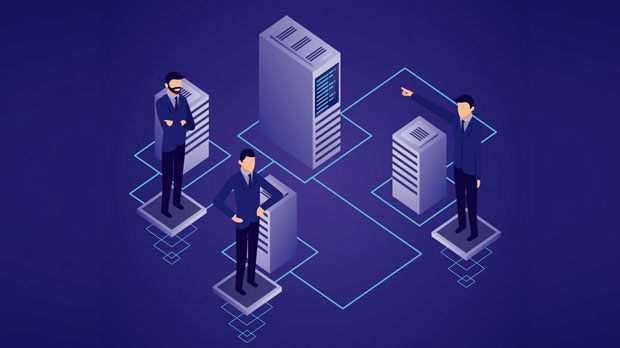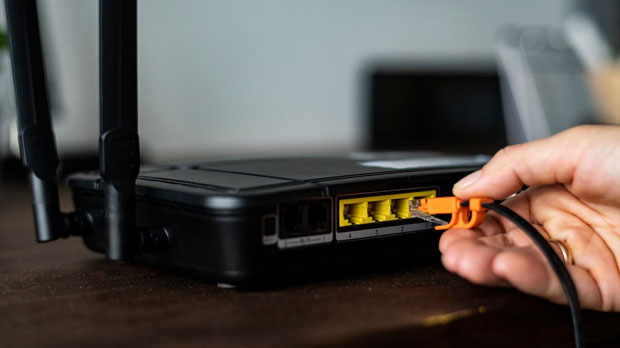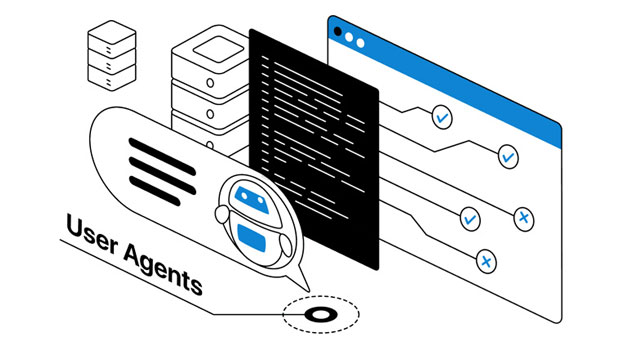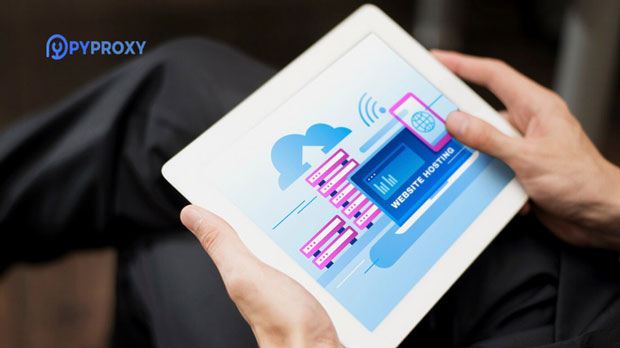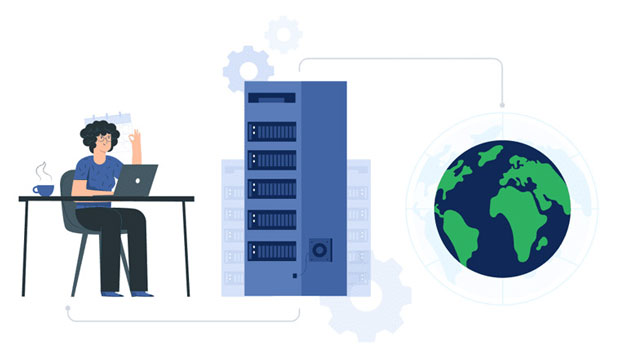In the digital age, online privacy is a growing concern, especially for users who engage in torrent downloading. Torrenting, though popular for file sharing, is often associated with potential legal consequences, as it may be monitored by various authorities. Using HTTPS or sock s5 proxies is frequently suggested as a solution to prevent being tracked while downloading torrents. However, does simply relying on these technologies guarantee privacy and protection from tracking? This article delves into how HTTPS and SOCKS5 work, their effectiveness in securing torrent downloads, and whether they truly safeguard users from being tracked by third parties. Understanding Torrenting and Tracking RisksTorrenting is a peer-to-peer (P2P) file-sharing method that allows users to download and share files over the internet. Unlike traditional downloads from a central server, torrents distribute files among multiple users, known as "peers," who share portions of the file with one another. This decentralized nature makes torrenting efficient but also risky in terms of privacy.Tracking in the context of torrenting refers to the act of monitoring and recording the IP addresses of users who download or upload specific files. Many copyright holders, internet service providers (ISPs), and third-party agencies monitor torrent networks to detect illegal file sharing. If caught, users can face legal consequences, including fines and legal action.What is HTTPS and How Does It Work?Hypertext Transfer Protocol Secure (HTTPS) is a protocol designed to encrypt communication between a user's browser and a website. By using encryption, HTTPS ensures that any data exchanged between the user and the website remains private and cannot be easily intercepted or altered by third parties, such as hackers or government agencies.HTTPS works by implementing SSL/TLS (Secure Sockets Layer/Transport Layer Security) protocols, which provide encryption. When browsing websites that use HTTPS, the user's data is encrypted during transmission, making it more difficult for external entities to intercept sensitive information like passwords or credit card details. However, HTTPS is generally used for web traffic, not for torrenting.While HTTPS protects data during web browsing, it does not directly affect torrent traffic. Torrent clients typically use the BitTorrent protocol, which operates independently of HTTPS encryption. Therefore, using HTTPS alone will not prevent tracking of torrent activity. However, encrypting torrent traffic via VPNs or proxies can add an additional layer of protection.What is SOCKS5 and How Does It Work for Torrenting?SOCKS5 is a type of proxy server protocol that routes internet traffic through an intermediary server. Unlike traditional proxies, SOCKS5 proxies do not modify data packets and do not require specific protocols, making them versatile for handling various types of internet traffic, including torrenting.When using a socks5 proxy, a user's torrent client connects to the proxy server instead of directly to the internet. The proxy server then forwards the data to the destination, masking the user's real IP address and providing a degree of anonymity. SOCKS5 does not encrypt the traffic, but it can help conceal the user’s identity by hiding the IP address from peers and trackers on the torrent network.However, SOCKS5 is not a foolproof solution. While it hides the user's IP address from other torrent users and trackers, the user's traffic is still vulnerable to monitoring by the proxy server provider. Furthermore, without encryption, the data could potentially be intercepted by other parties during transit.Effectiveness of HTTPS in Preventing Torrent Download TrackingHTTPS, although crucial for securing web traffic, does not offer adequate protection for torrent downloads. Torrent traffic operates independently of HTTPS, meaning that even if you use a website with HTTPS encryption, your torrent activity is not automatically protected.For instance, when downloading torrents, your torrent client communicates directly with other peers and trackers on the network. These peers can see your IP address, which can be logged by the tracker and used to identify you. The only way HTTPS could affect this process is if the torrent client itself uses HTTPS for its communication with trackers. However, this is rare, and most torrent clients rely on non-encrypted P2P protocols, making HTTPS ineffective at hiding your torrent activities.Effectiveness of SOCKS5 in Preventing Torrent Download TrackingSOCKS5 proxies can be effective in masking the user’s IP address during torrenting. By routing traffic through a proxy server, SOCKS5 prevents peers and trackers from directly identifying the user’s real IP address. This provides a degree of anonymity in torrenting, as it hides the user's identity from anyone monitoring the network.However, the effectiveness of SOCKS5 in preventing torrent tracking depends on the implementation. Many torrent clients allow users to configure SOCKS5 proxies, but the security of the proxy service itself is critical. If the proxy provider keeps logs of user activity, the logs could potentially be accessed by law enforcement or other entities, revealing the user’s activity. Additionally, since SOCKS5 does not encrypt traffic, the data can still be intercepted by third parties, leaving the user vulnerable to surveillance.The Role of VPNs in Torrent Download PrivacyWhile HTTPS and SOCKS5 can help obscure the user's IP address, they do not provide complete privacy protection during torrenting. For a more comprehensive solution, users often turn to Virtual Private Networks (VPNs). A VPN encrypts all internet traffic, including torrent downloads, and routes it through a secure server, effectively masking the user’s real IP address.Unlike SOCKS5, which does not encrypt traffic, VPNs provide end-to-end encryption, ensuring that even if the traffic is intercepted, it cannot be easily read. VPNs also prevent ISPs and third parties from tracking the user’s online activity, offering a much higher level of privacy than SOCKS5 or HTTPS alone.Can HTTPS or SOCKS5 Completely Prevent Tracking?In conclusion, while both HTTPS and SOCKS5 provide some level of privacy protection, they are not foolproof solutions for avoiding tracking during torrent downloads. HTTPS is limited to securing web traffic and does not affect the P2P communication used in torrenting. SOCKS5 can mask the user’s IP address but does not offer encryption, leaving traffic vulnerable to interception.For those who seek to ensure privacy and avoid torrent tracking, using a VPN combined with proper torrenting practices is the most effective solution. VPNs provide encryption, IP masking, and protection from monitoring, making them a superior choice for privacy-conscious users.In summary, while HTTPS and SOCKS5 may provide partial protection, they are not sufficient by themselves to guarantee anonymity and prevent tracking in torrenting activities. For the highest level of privacy, users should consider using a VPN tailored for torrenting.
Jul 02, 2025
![arrow]()









































